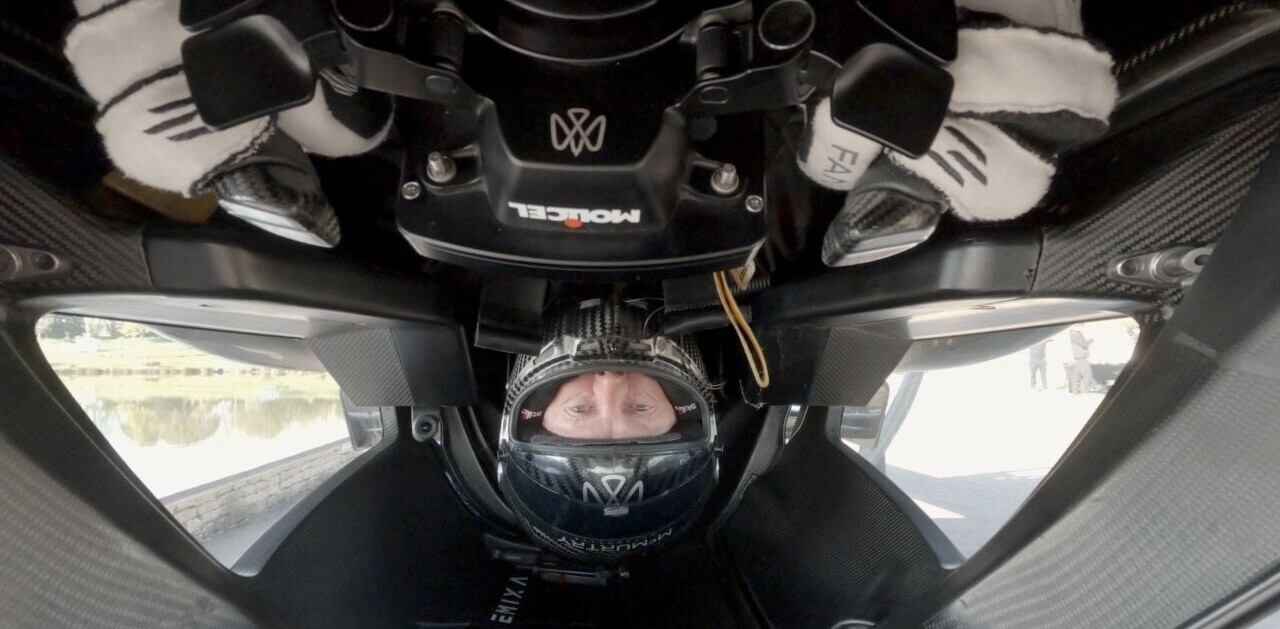
Electric vehicles have a small but fast-growing share of the car market. This switch from the gas-powered internal combustion engine to battery-powered electric propulsion is expected to reduce greenhouse gas emissions. But how will it affect other emissions related to air quality?
A new analysis published in Atmospheric Environment delves into that question. Researchers behind the study consider the effects of the electricity source used to charge them in addition to EV market share. Both these factors vary based on geographical region in the U.S., so while the air quality impacts of increased EV adoption vary by region, there were general trends across the board.
Summer surface ozone levels decrease in most locations, the study found, while wintertime fine particulate matter levels went down. Overall, the number of conventional vehicles replaced by EVs has a larger effect on ozone than particulates overall, researchers from Northwestern University and Princeton University found, while the source of the electricity for those EVs has a larger impact on particulates.
EV registrations doubled in the U.S. between 2017 and 2018, reaching 208,000. By 2025, analysts predict that 1.1 million EVs will be sold, making up about 7 percent of the vehicle market.
To analyze EV impact on air quality, the researchers used the newest version of NOAA’s global atmospheric model to map ozone and particulate matter emissions. Both emissions come from automobiles and power generation and are the main components of smog. The model also took into account geographical locations, EV adoption rates, power sources, and seasons and times of day.
Results showed that, as vehicle electrification goes up, summer time ozone levels fell no matter how electricity to charge the EV batteries was generated. In the winter, ozone levels go up because of a chemical reaction that occurs at lower sunlight levels.
Particulate matter, meanwhile, decreased in the winter. But its levels were more dependent on location and the source of power generation. Locations with more coal-fired power such as the Midwest, for instance, experienced slight increases in particulates during the summer. In locations with clean energy sources, however, such as Pacific Northwester or Northeast, particulate levels were drastically lower.
Source: Jordan L. Schnell et al. Air quality impacts from the electrification of light-duty passenger vehicles in the United States. Atmospheric Environment, 2019.
This article was originally published on Anthropocene by Prachti Patel and is also available in Español.
Get the TNW newsletter
Get the most important tech news in your inbox each week.



